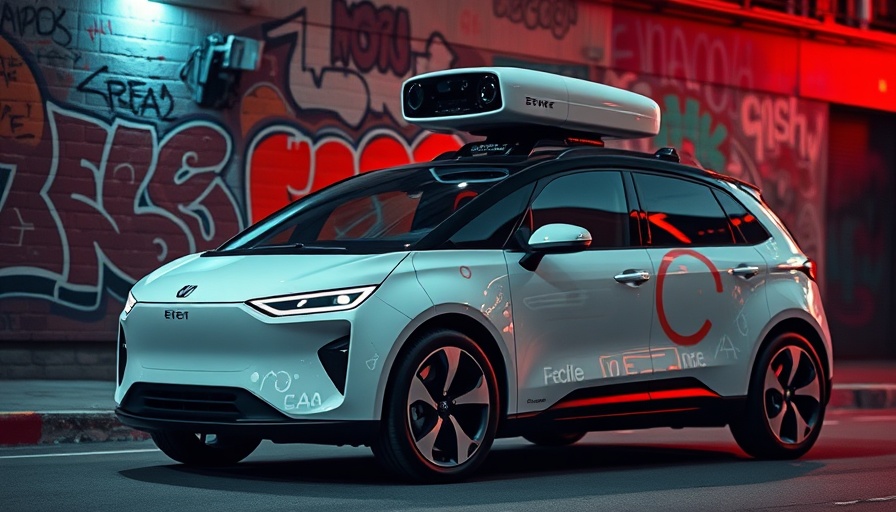
Reviving the Future of Autonomous Driving
General Motors (GM) is making headlines again as its Cruise robotaxi fleet takes to the roads in a different capacity—albeit not for ride-hailing. The automaker confirmed that a limited number of its Bolt electric vehicles, equipped with advanced sensors, are being repurposed for testing purposes in select areas of Michigan, Texas, and the San Francisco Bay Area. This initiative marks a significant turn for GM after their ambitious but ultimately aborted plans for a self-driving taxi service.
What’s Happening with Cruise?
After a troubled series of events, including a fatal incident involving a Cruise vehicle that led to regulatory challenges, GM has pivoted its strategy. GM has removed the Cruise branding from these vehicles as they are now testing new driver-assistance technologies using internal drivers. This shift indicates GM's commitment to learning and improving technologies without the pressures of public operation.
Learning from the Past: The Rise and Fall of Cruise
The story of Cruise serves as a cautionary tale for the autonomous vehicle industry. Originally acquired by GM in 2016, Cruise was envisioned as a leader in the upcoming robotaxi service. However, it faced significant setbacks, including the loss of a vital operating permit after a serious accident. GM decided to halt operations in late 2023, highlighting the costs associated with such ambitious technology tests
Where Do We Go from Here?
Despite these setbacks, GM is not completely abandoning its vision of autonomous driving. Instead, the insights gained from the Cruise project are being utilized to enhance its existing Super Cruise technology, which aids in driving tasks like lane changes and emergency braking. Currently, about 60% of Super Cruise users report regular use of this system, showing that there is a market for these advanced driver-assistive features.
Future Predictions for Autonomous Vehicles
The future of autonomous vehicles may not lie solely in ride-hailing services. Companies are now more focused on integrating driver assistance technologies that enhance safety and user experience. As trends shift, the competitive landscape is becoming clearer, with Waymo currently leading the market among robotaxi businesses even as GM redirects its resources.
Why This Matters to Consumers
For everyday drivers and tech enthusiasts, the revival of GM’s Cruise vehicles symbolizes a willingness to learn from mistakes. Consumers can expect more refined technologies on the road in the future, making vehicles safer and easier to drive. Staying updated on these advancements could help consumers make informed decisions when purchasing new vehicles equipped with cutting-edge technology.
In conclusion, as GM navigates the complex waters of autonomous driving, both consumers and the company stand to gain valuable insights. While the robotaxi dream may have faced a setback, the ongoing commitment to enhancing driver-assistance technology paves the way for safer and smarter driving experiences in the near future.
Stay informed about the evolving landscape of autonomous driving technology to capitalize on new advancements as they arise!
 Add Row
Add Row  Add
Add 




Write A Comment